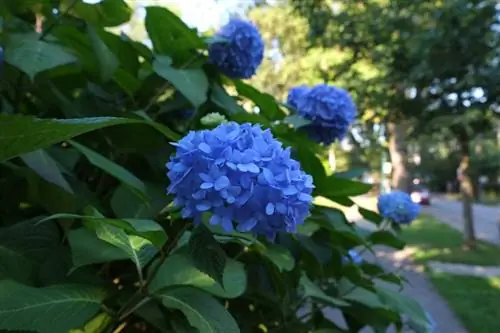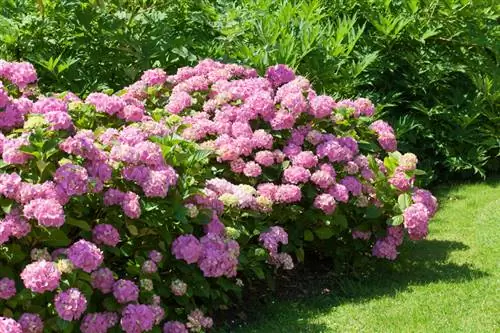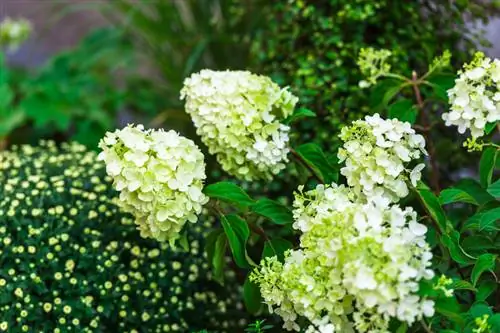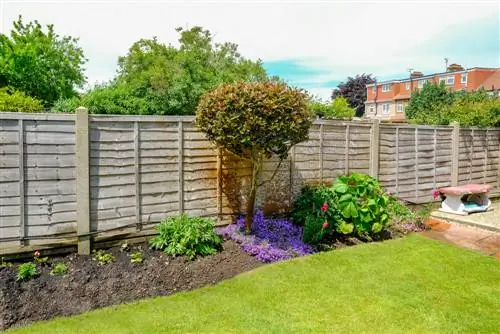- Author admin [email protected].
- Public 2023-12-16 16:46.
- Last modified 2025-01-23 11:20.
In order for the hydrangea to develop splendidly, it is important to give it the right location right from the start. The hydrangea is very loyal to the soil and once planted, it doesn't want to have to move.
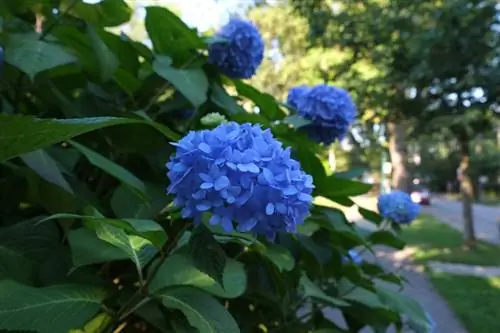
Do hydrangeas grow in the shade?
Hydrangeas thrive in the shade and are ideal for shady locations in the garden. Farm hydrangeas, snowball hydrangeas and climbing hydrangeas are particularly suitable, as they grow and bloom magnificently even under trees and deep shade.
Hydrangeas are very shade tolerant
Give the hydrangea a place protected from the wind in partial shade. The hydrangea also tolerates all-day shade well. Since it thrives excellently in garden areas where only a few flowering plants grow, the hydrangea with its magnificent flower umbels significantly expands the gardening design options.
Optimal: A protected location under tall trees
Richly blooming hydrangeas and the old trees in a green area are a visual feast for the eyes. As a forest plant, the hydrangea feels extremely comfortable in the light shade of trees and can therefore be planted very well as undergrowth.
Attention: Only deep-rooted plants can be planted well
Woods such as apple trees, rowanberries, oaks or pine trees only develop a few main roots that reach far into the depths. The hydrangea can develop its roots excellently under these trees. However, since only a small amount of precipitation reaches the ground through a dense tree canopy, you must ensure that the “water slurping lady” has enough moisture available.
Hydrangeas for very shady locations
Not all hydrangeas tolerate deep shade equally well. Plant one of these varieties here:
- Farmer Hydrangea: The classic hydrangeas that can grow up to two meters high. They bloom profusely even in the shade and are also known as ball hydrangeas because of their large, round flower umbels.
- Snowball hydrangea: Hardy and very shade tolerant. The best-known variety is the white-flowering “Annabell”.
- Climbing hydrangeas: These hydrangeas form adhesive roots that allow you to climb rough walls effortlessly. If this hydrangea doesn't find anything to climb, it grows in a creeping manner. This means you can use this hydrangea to green up bare areas under trees.
Tips & Tricks
If you want to plant trees underneath, you should pay attention to the main roots of the tree when digging the planting hole for the hydrangea. While superficial root felt can be removed without worry, a cut main root can weaken the tree so massively that it even dies.

